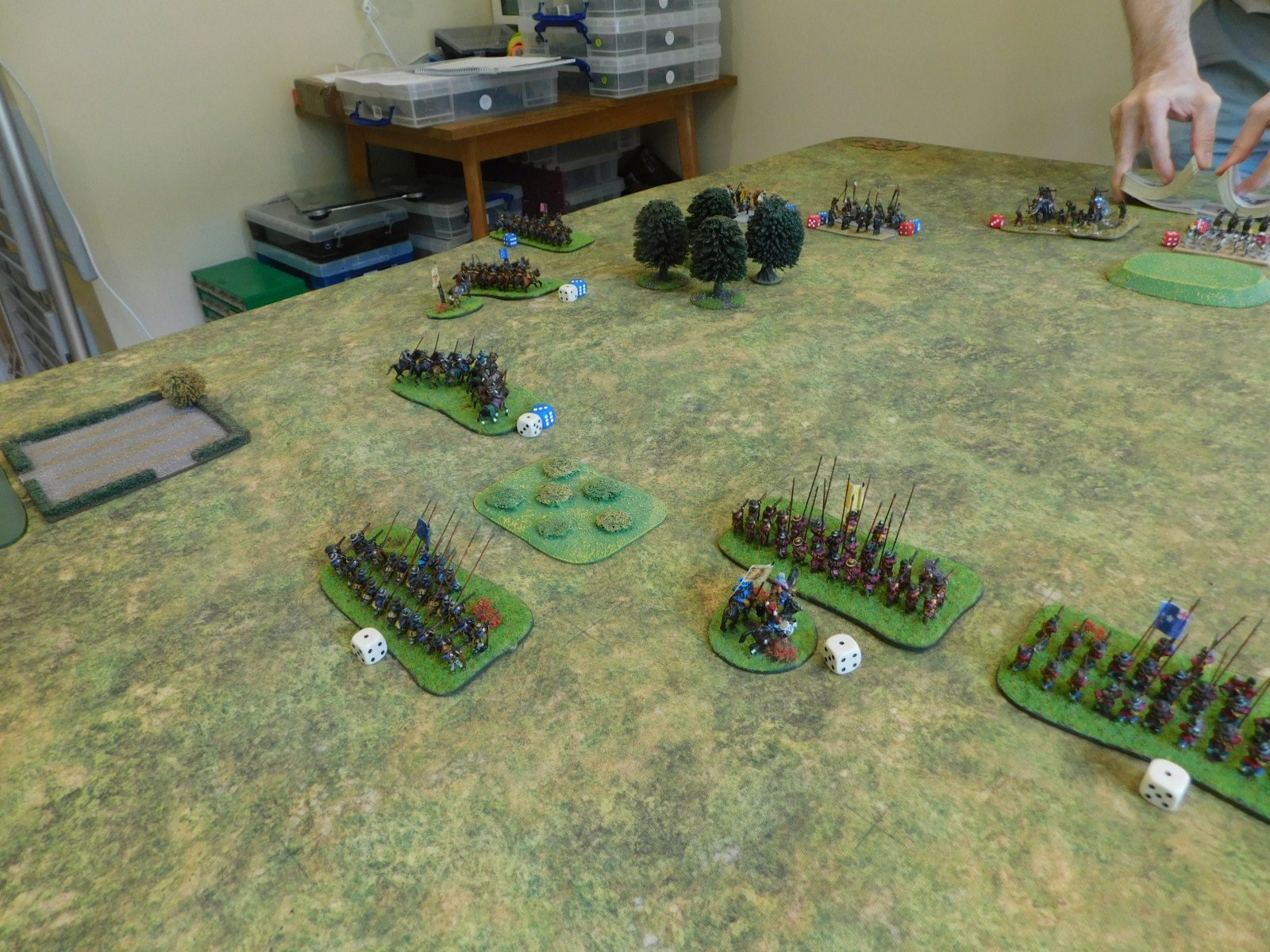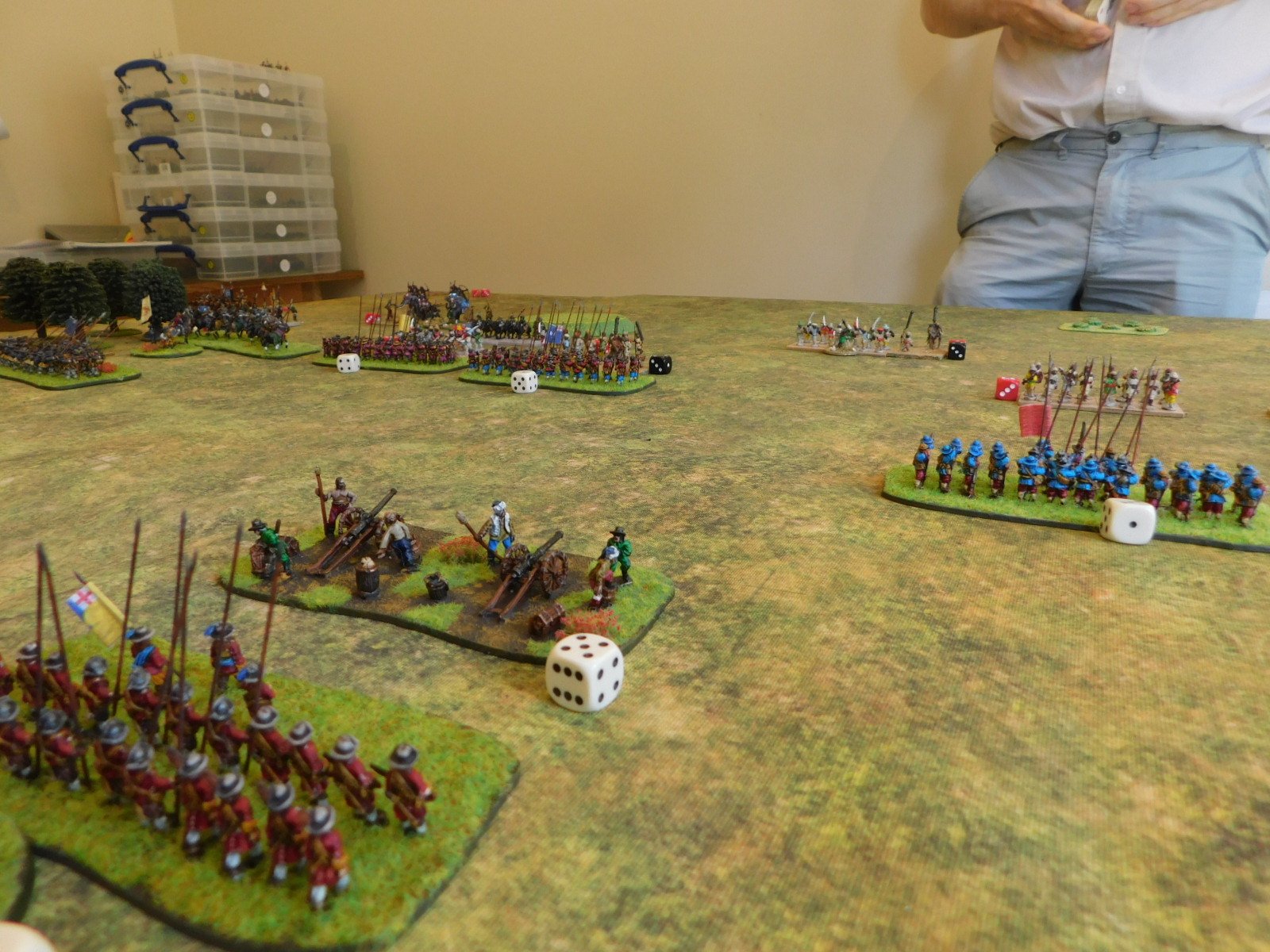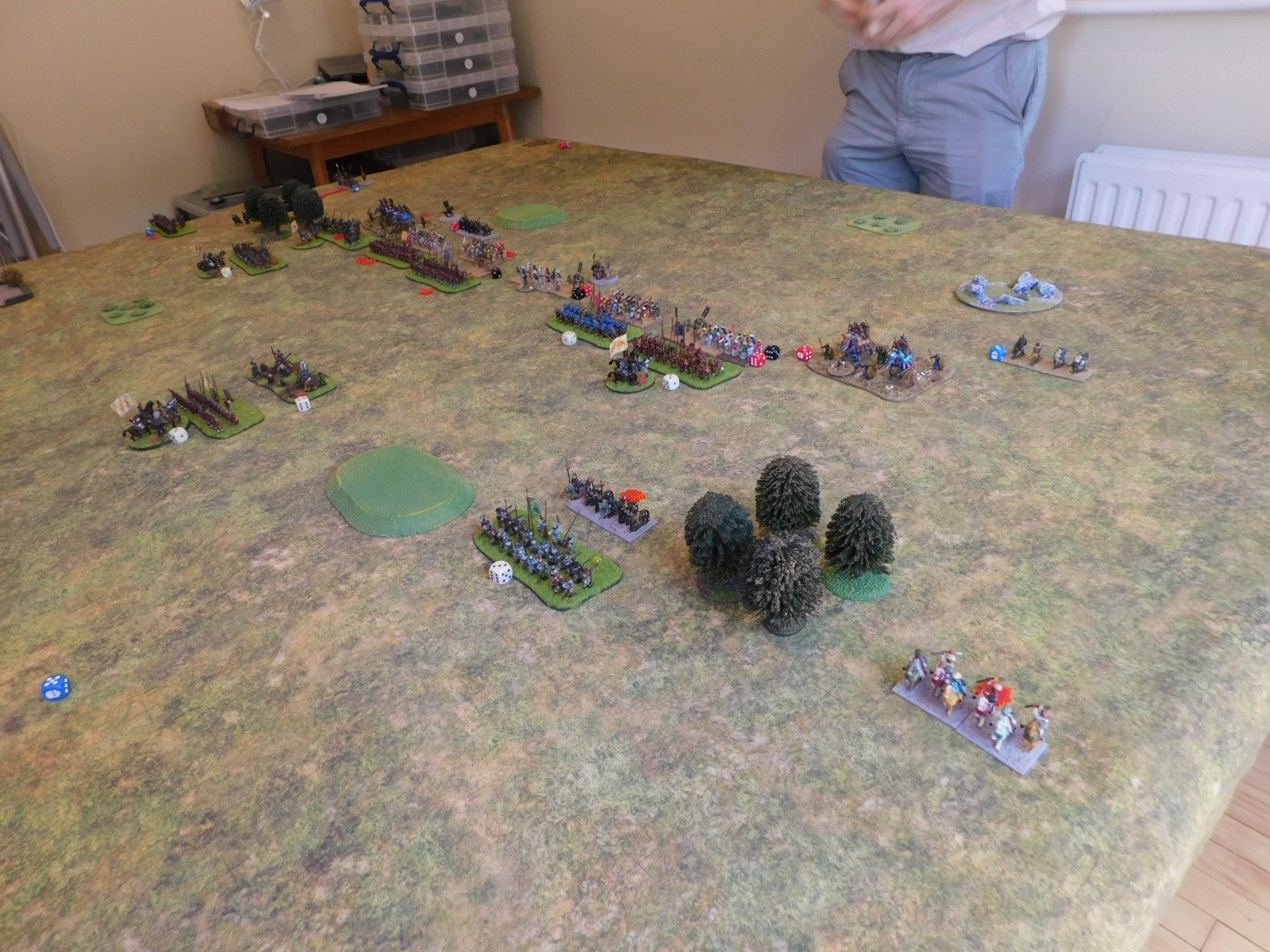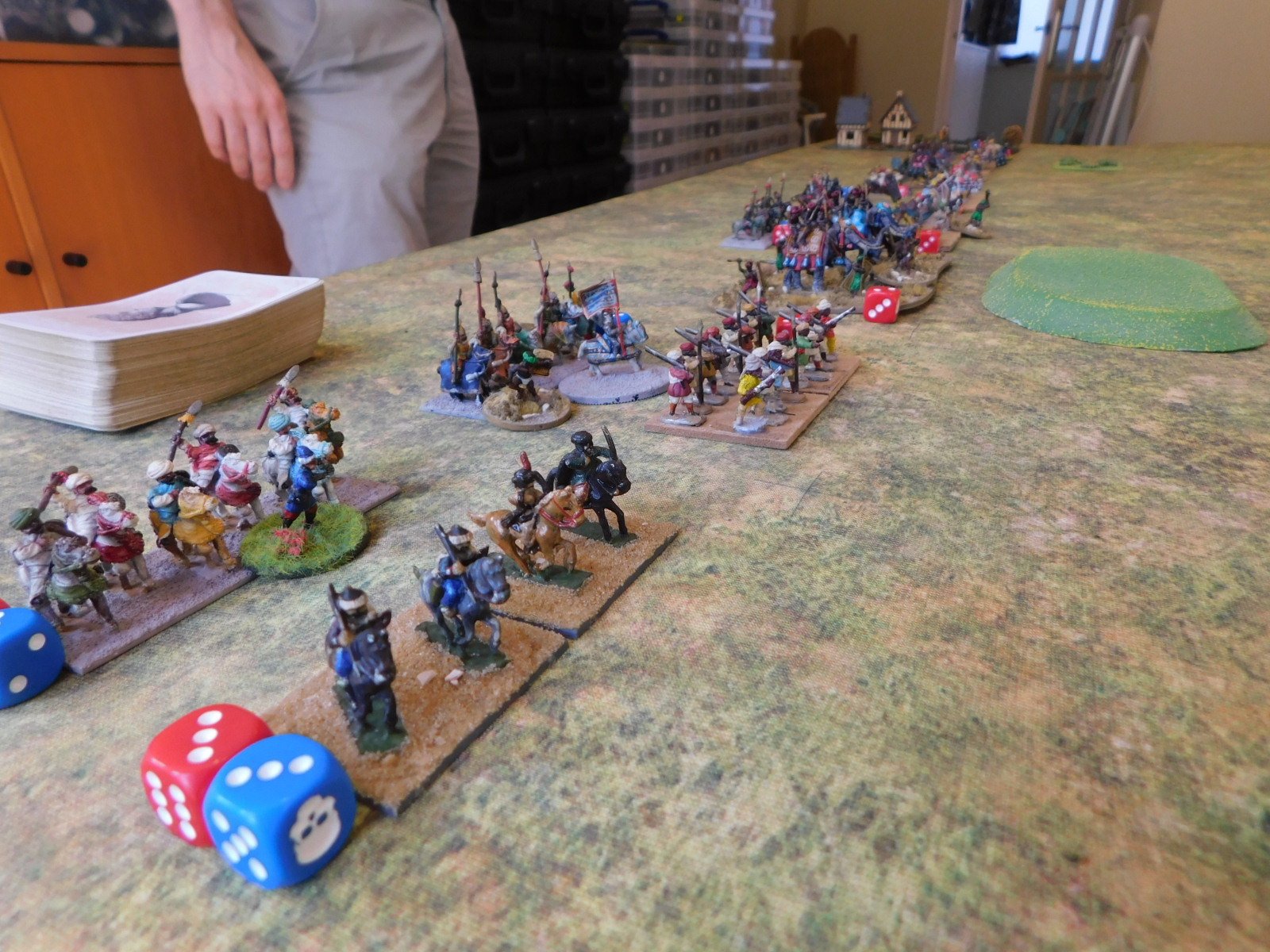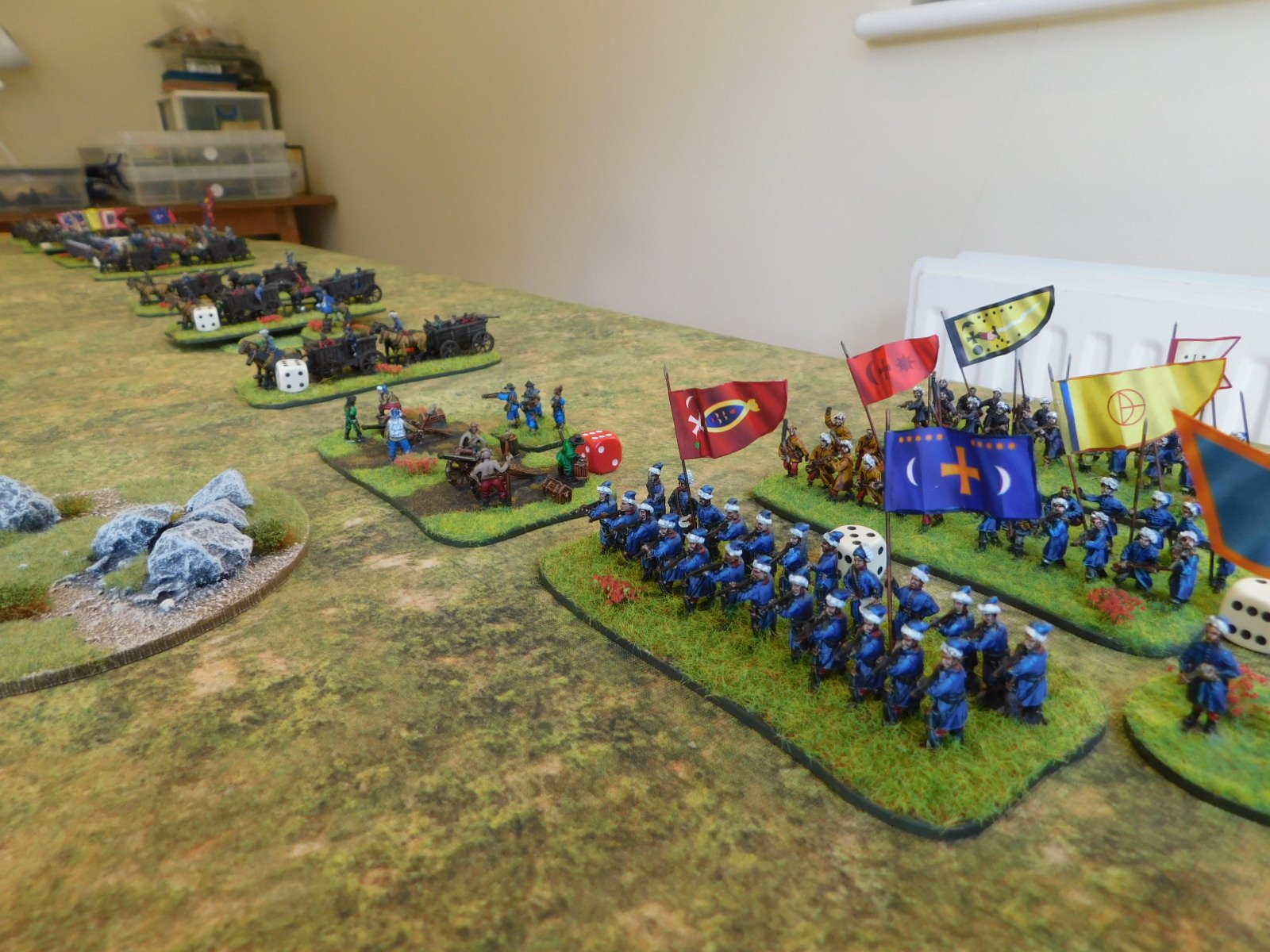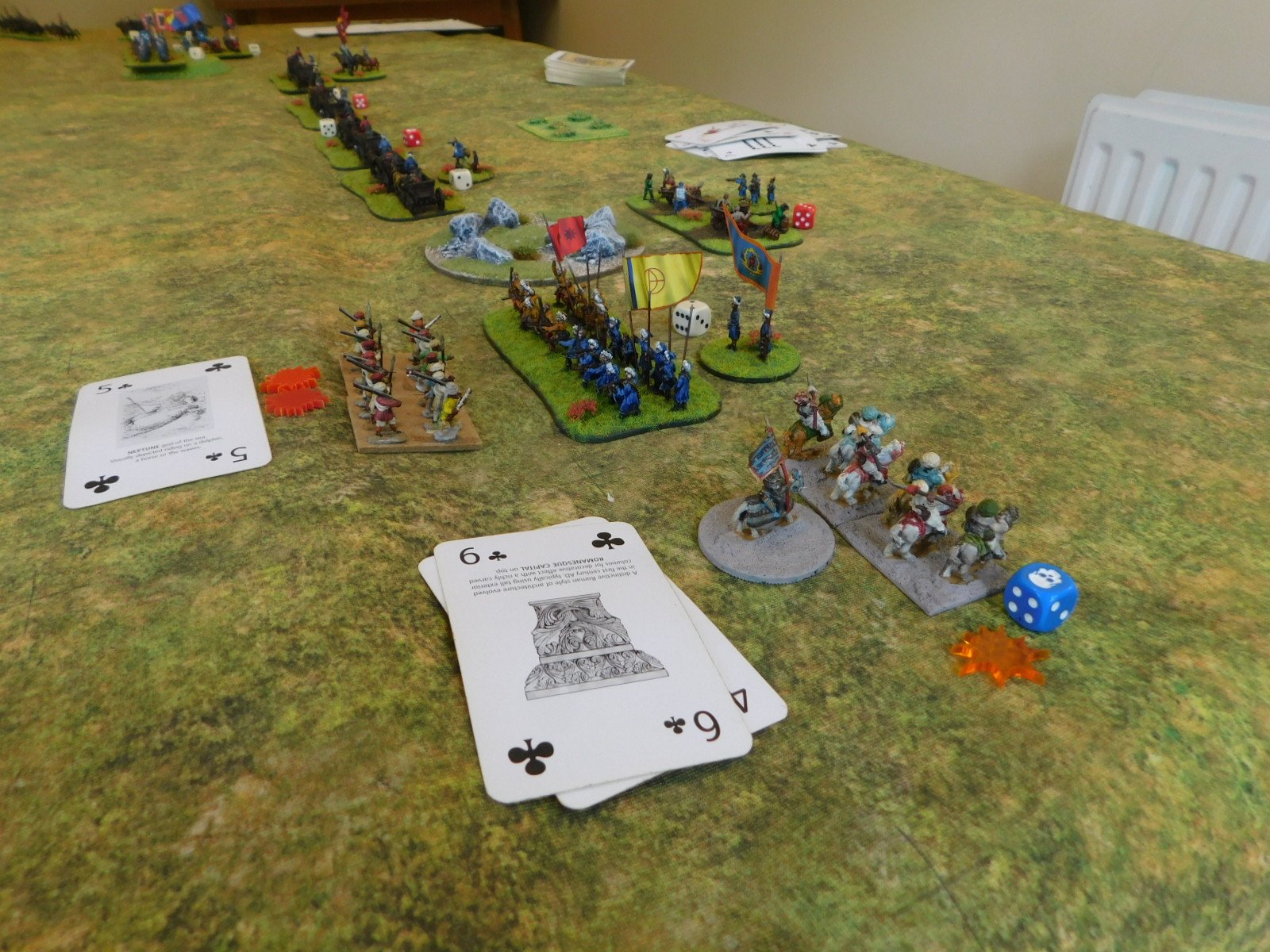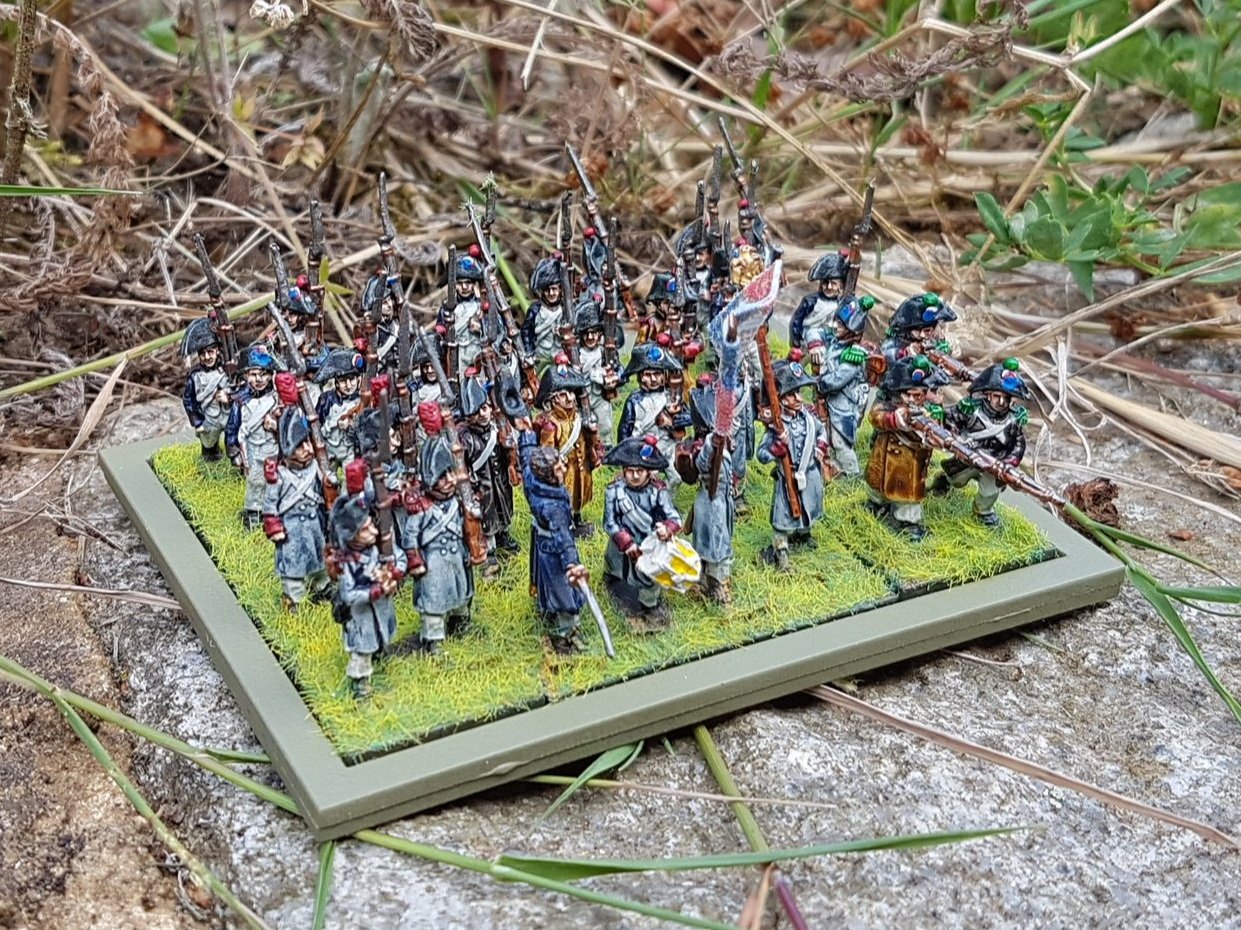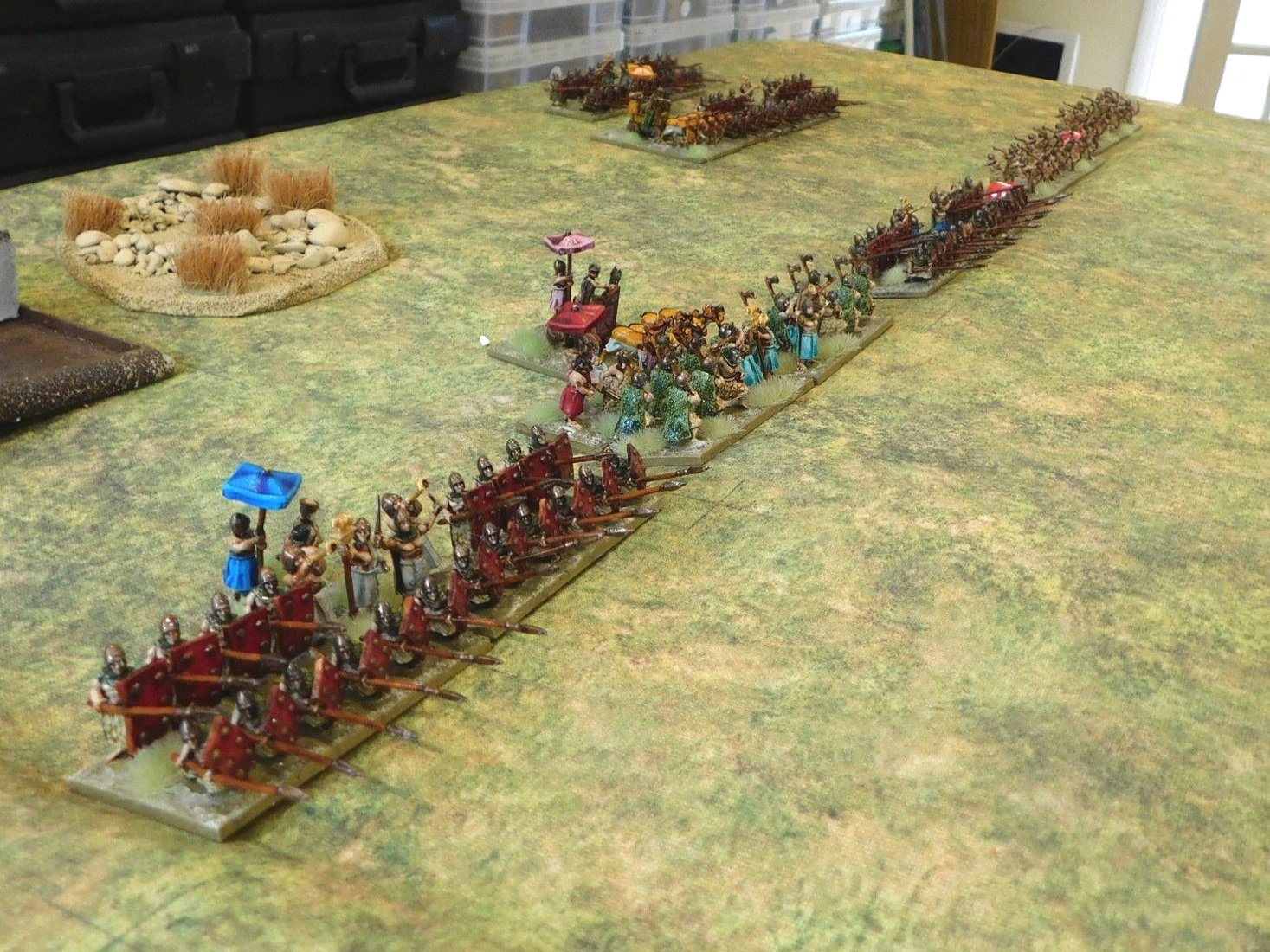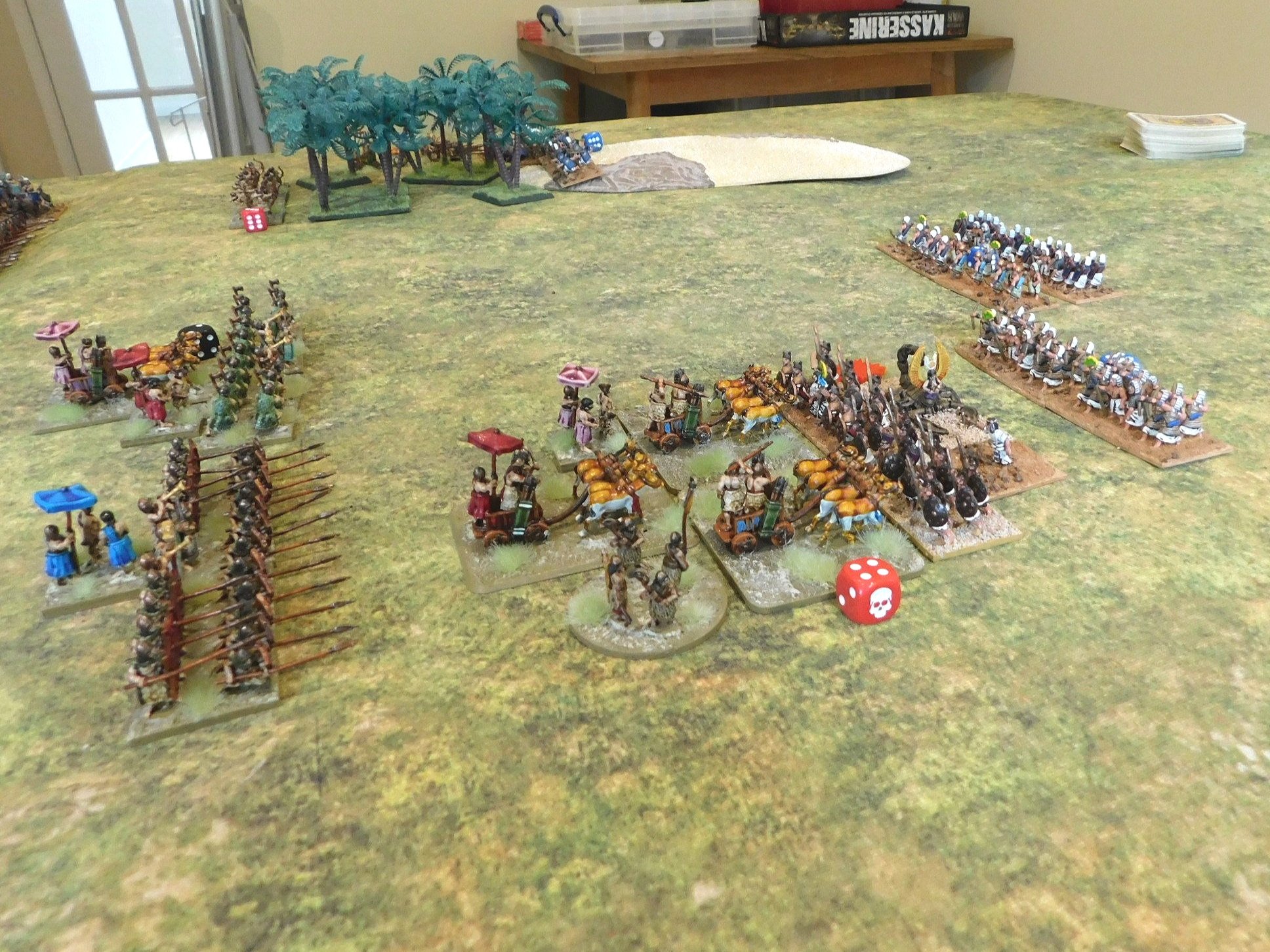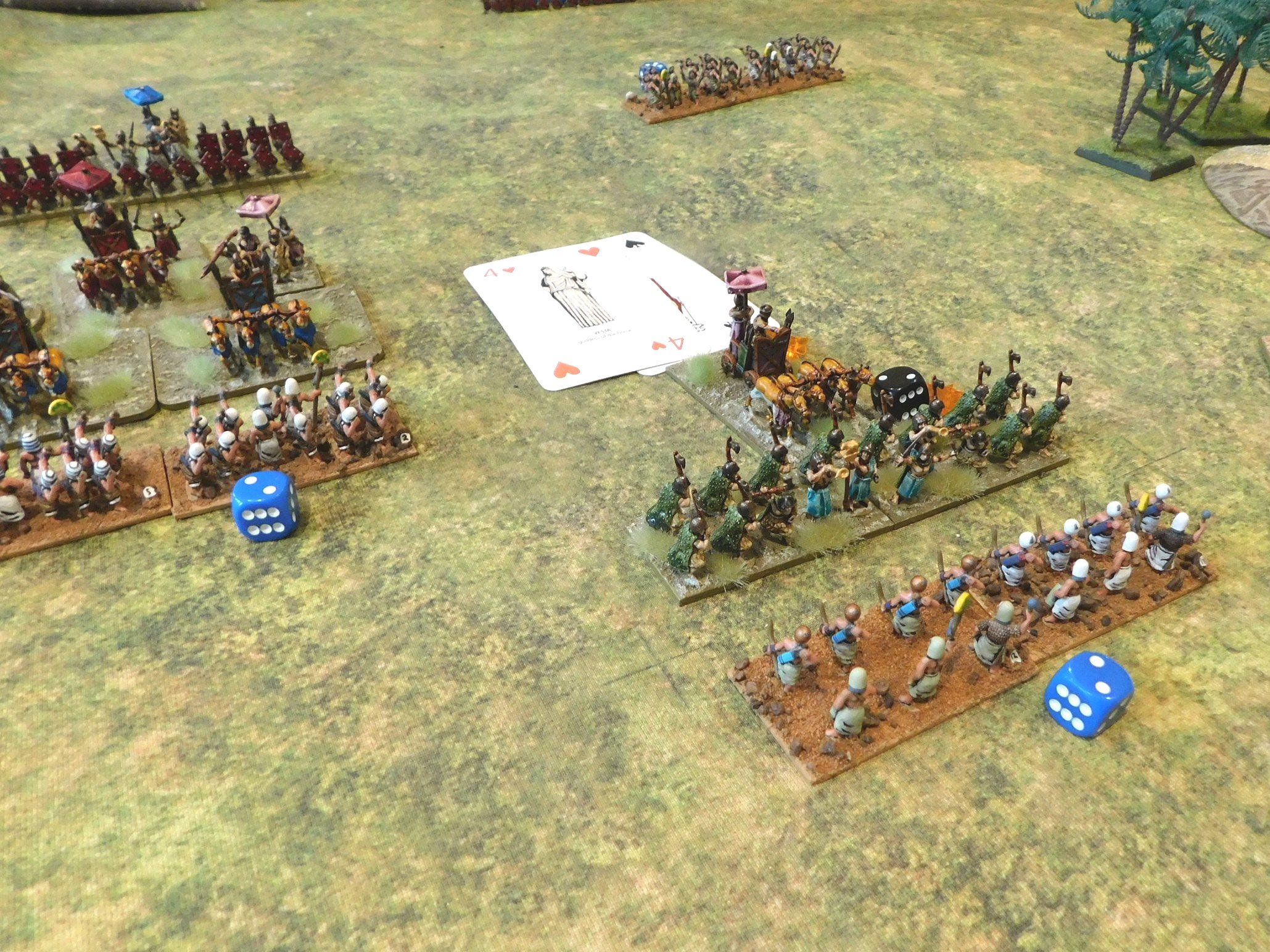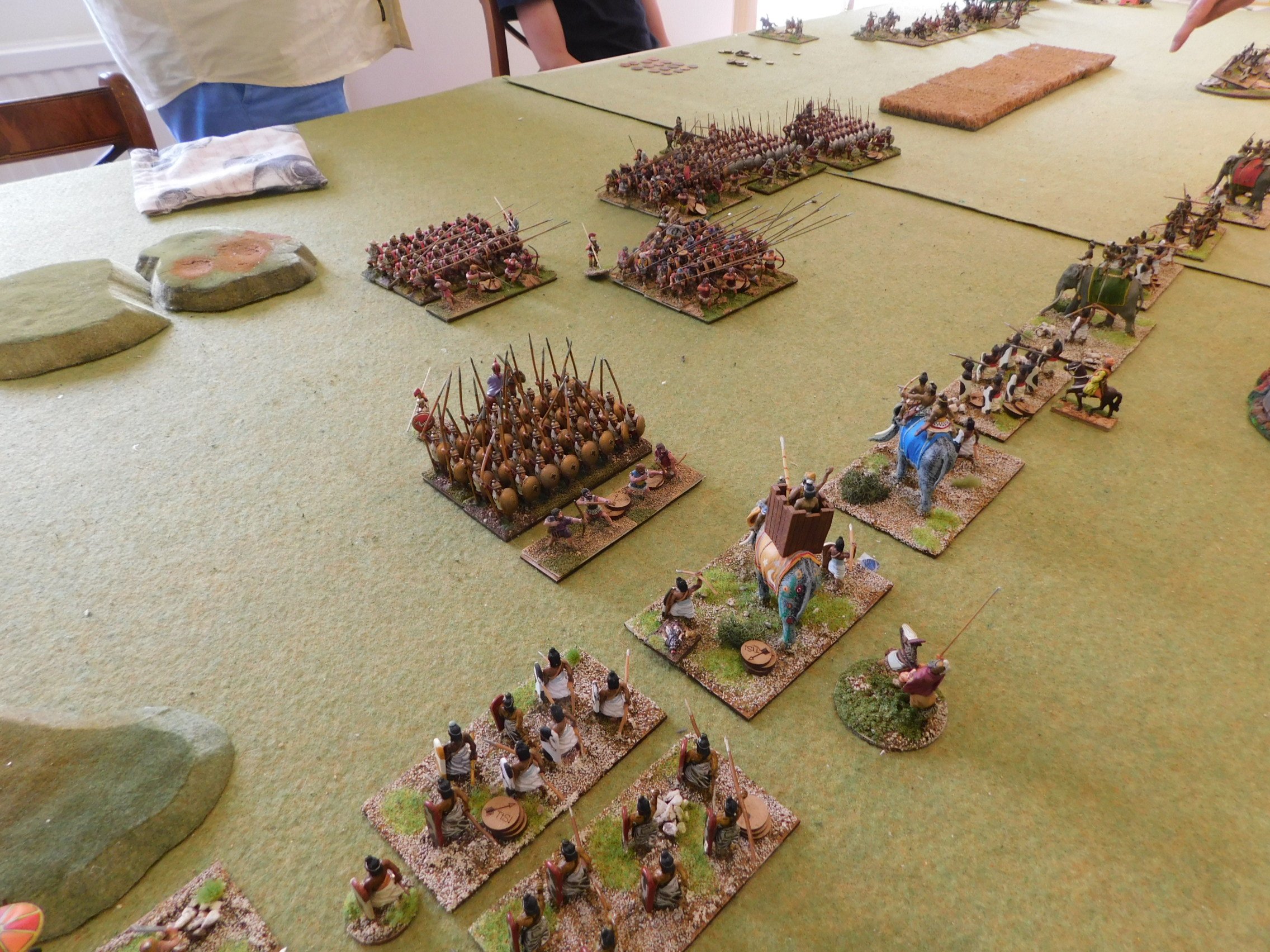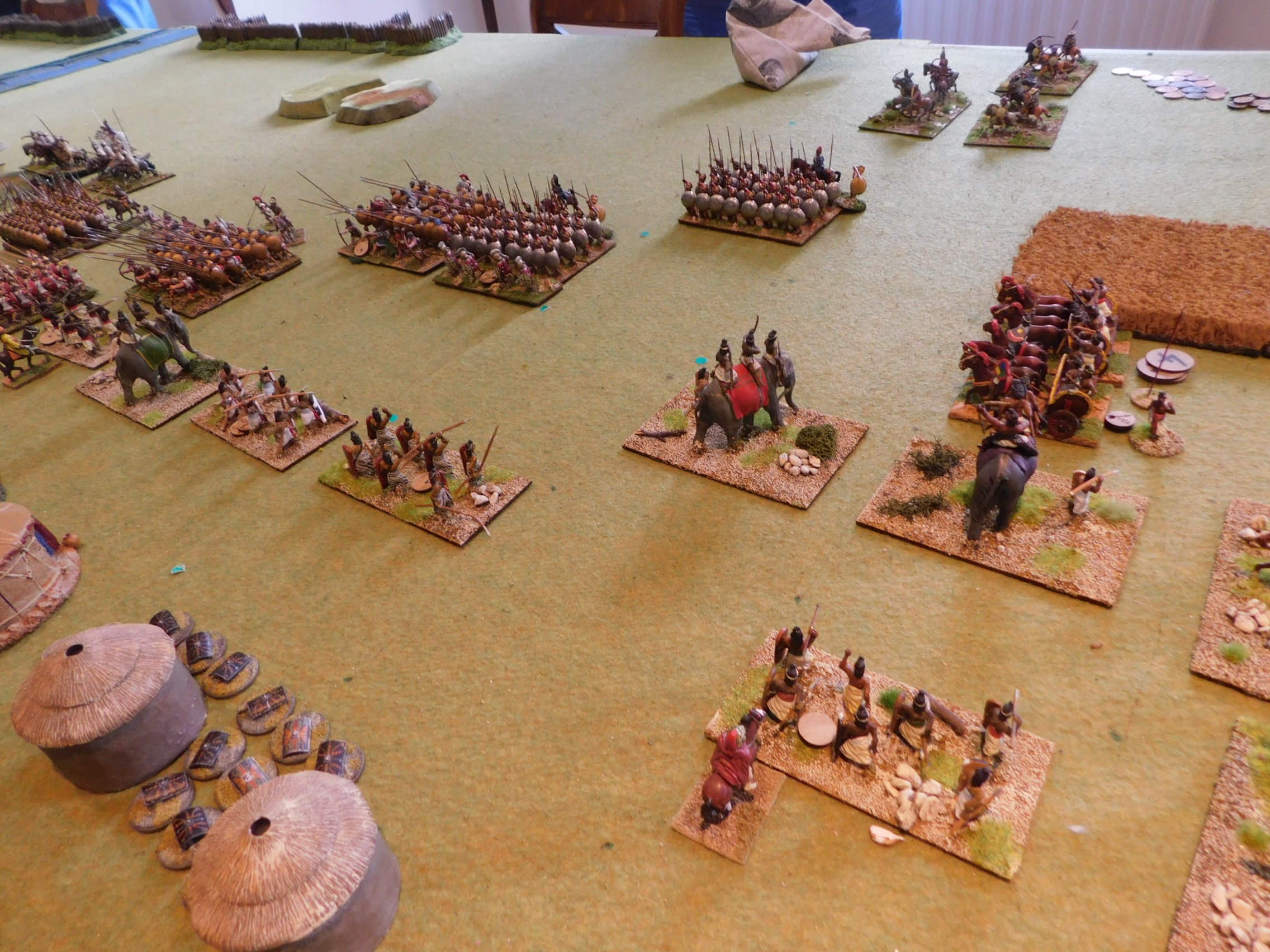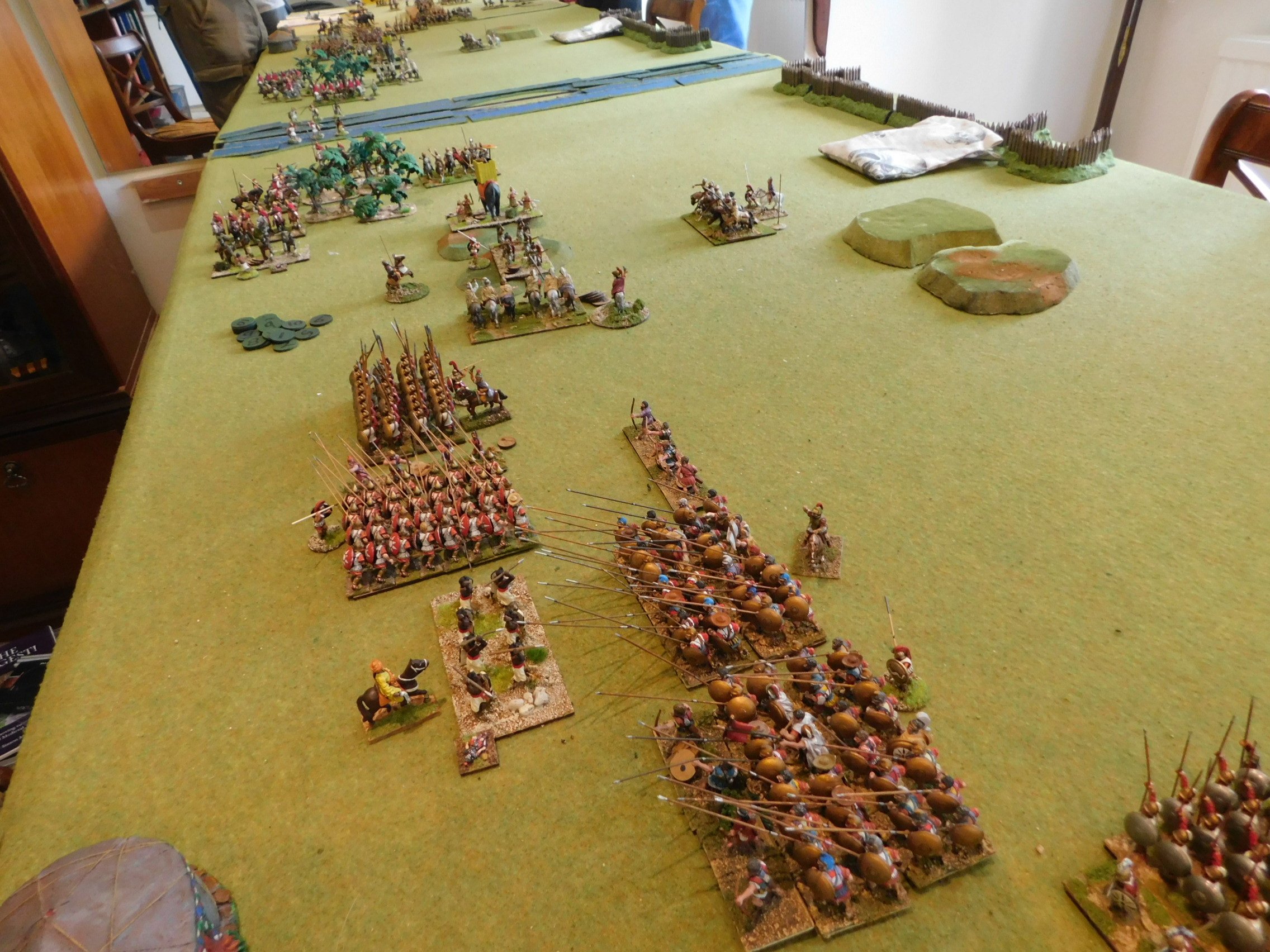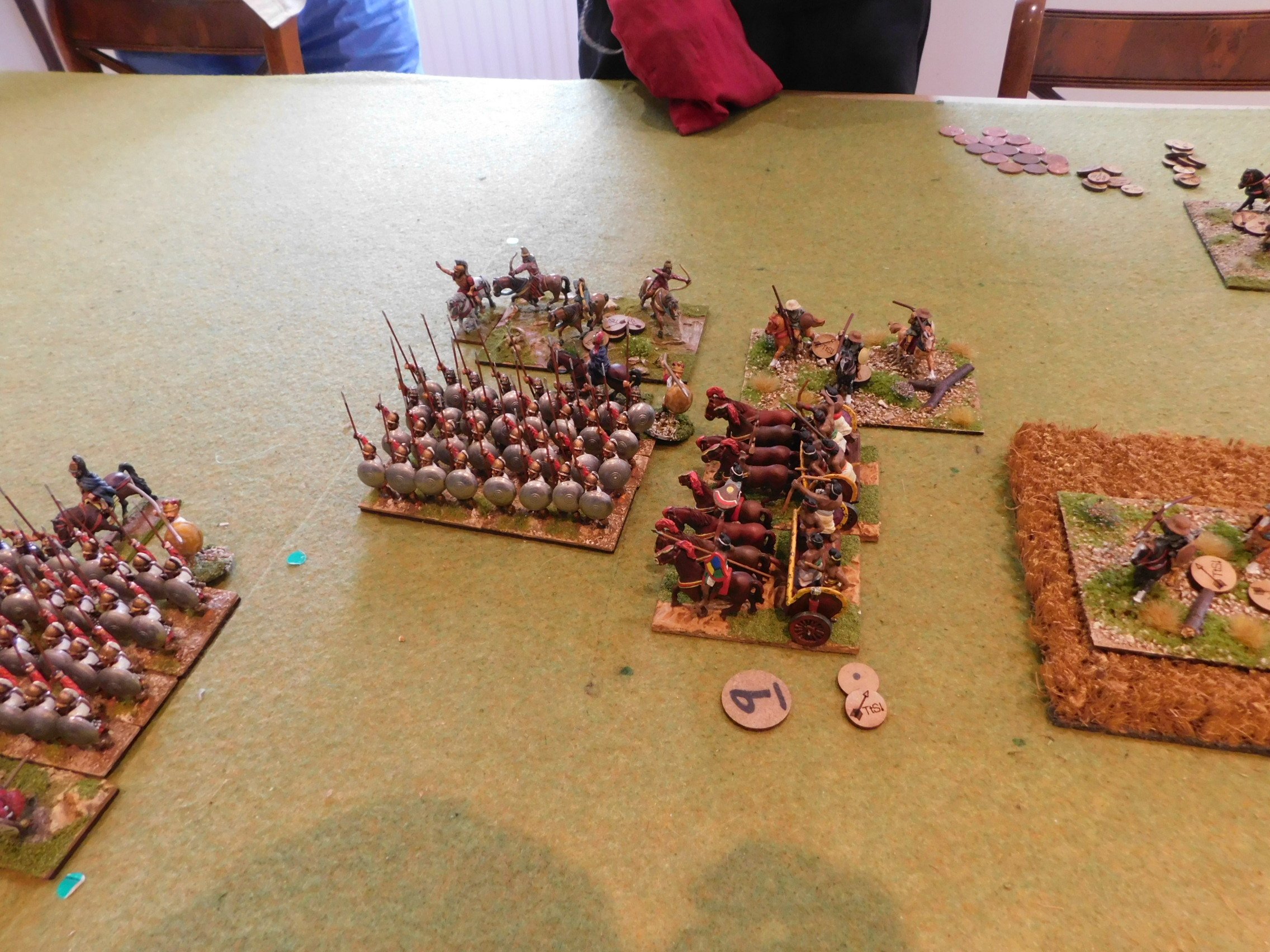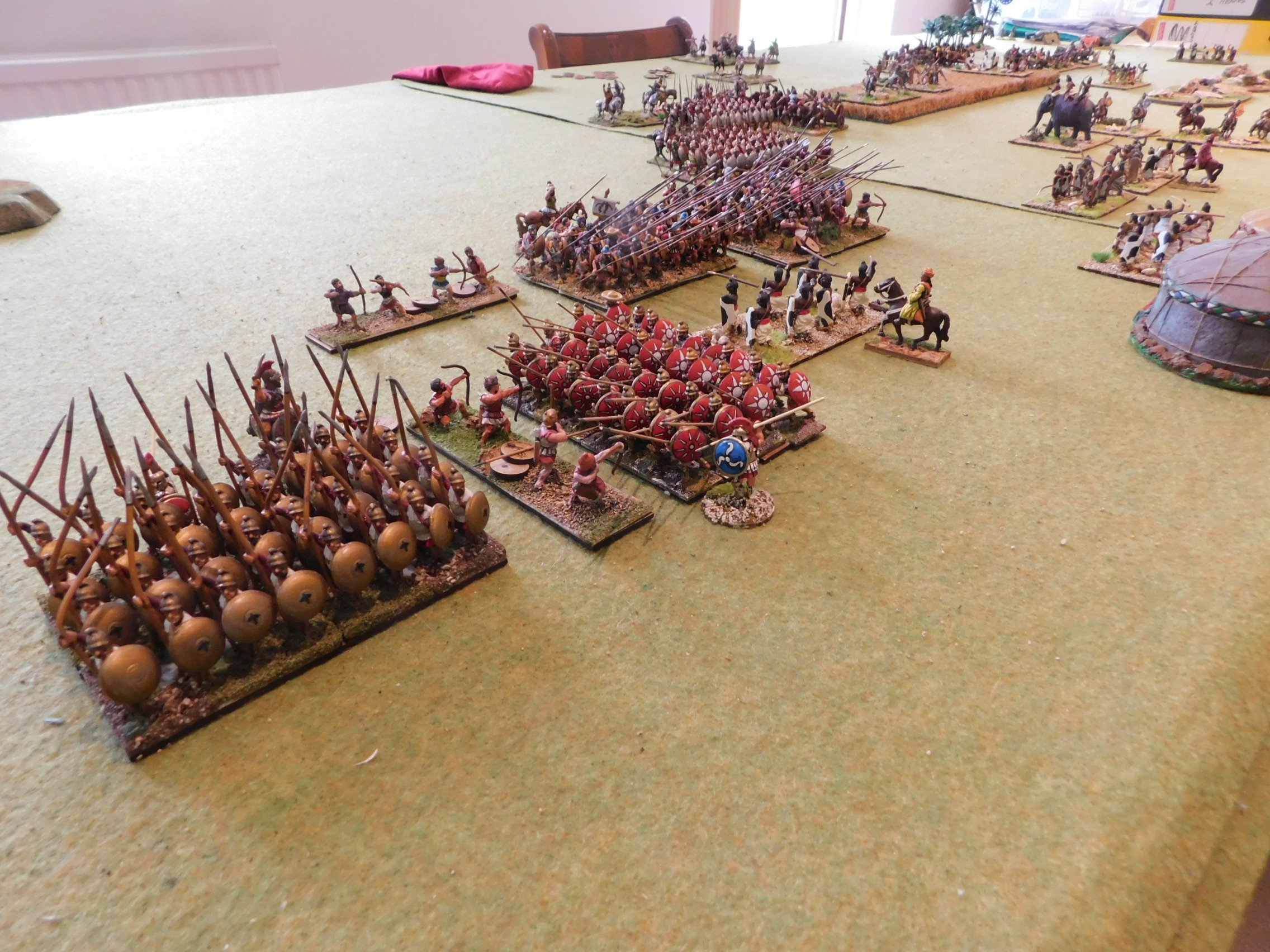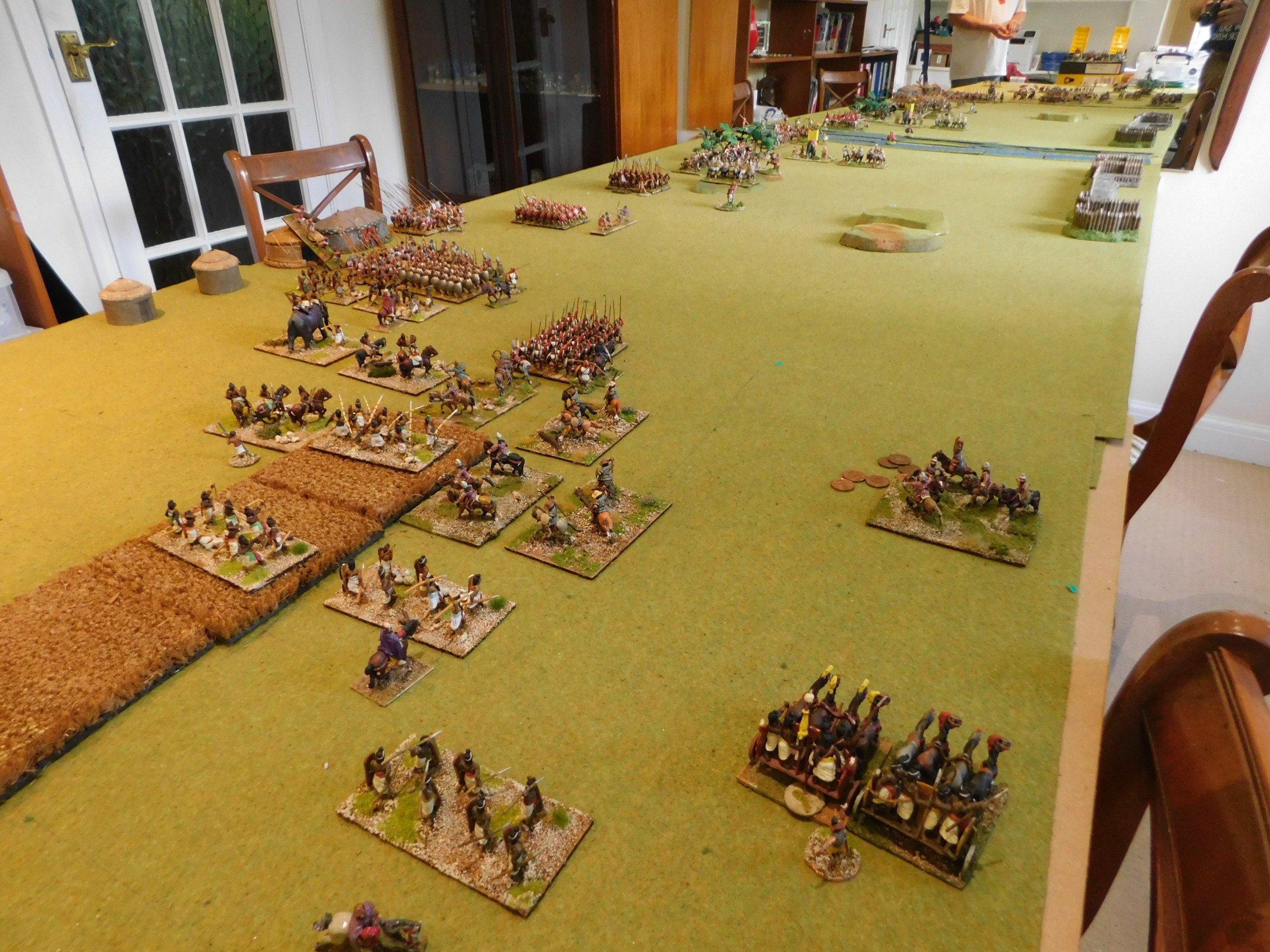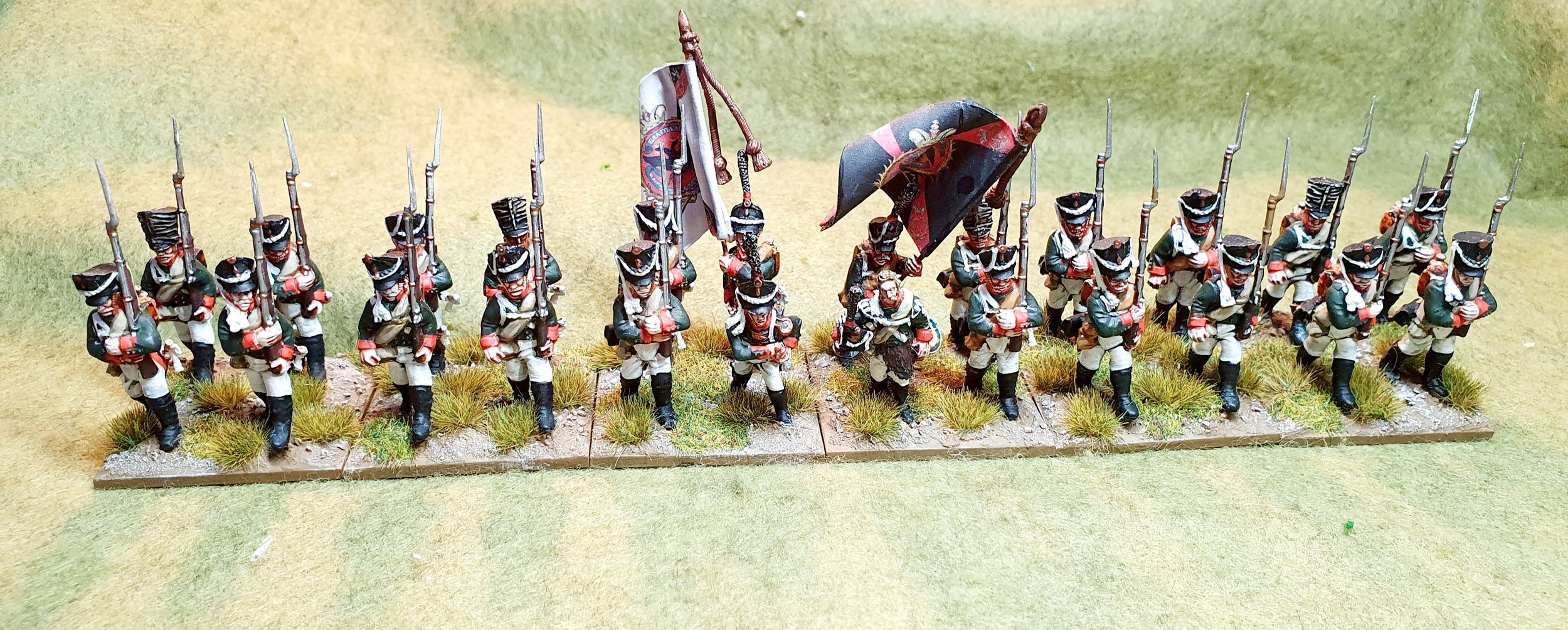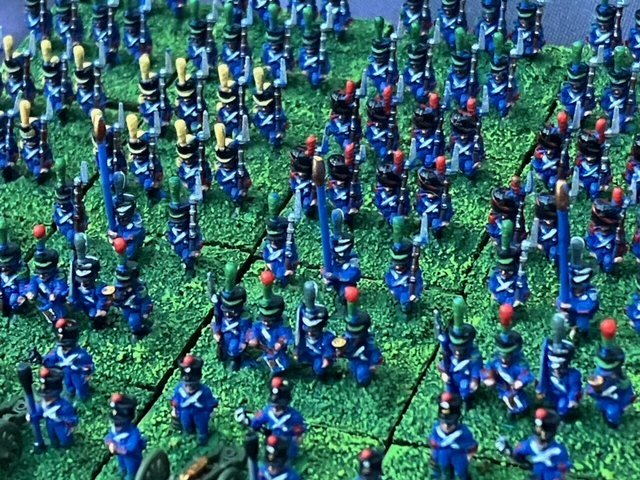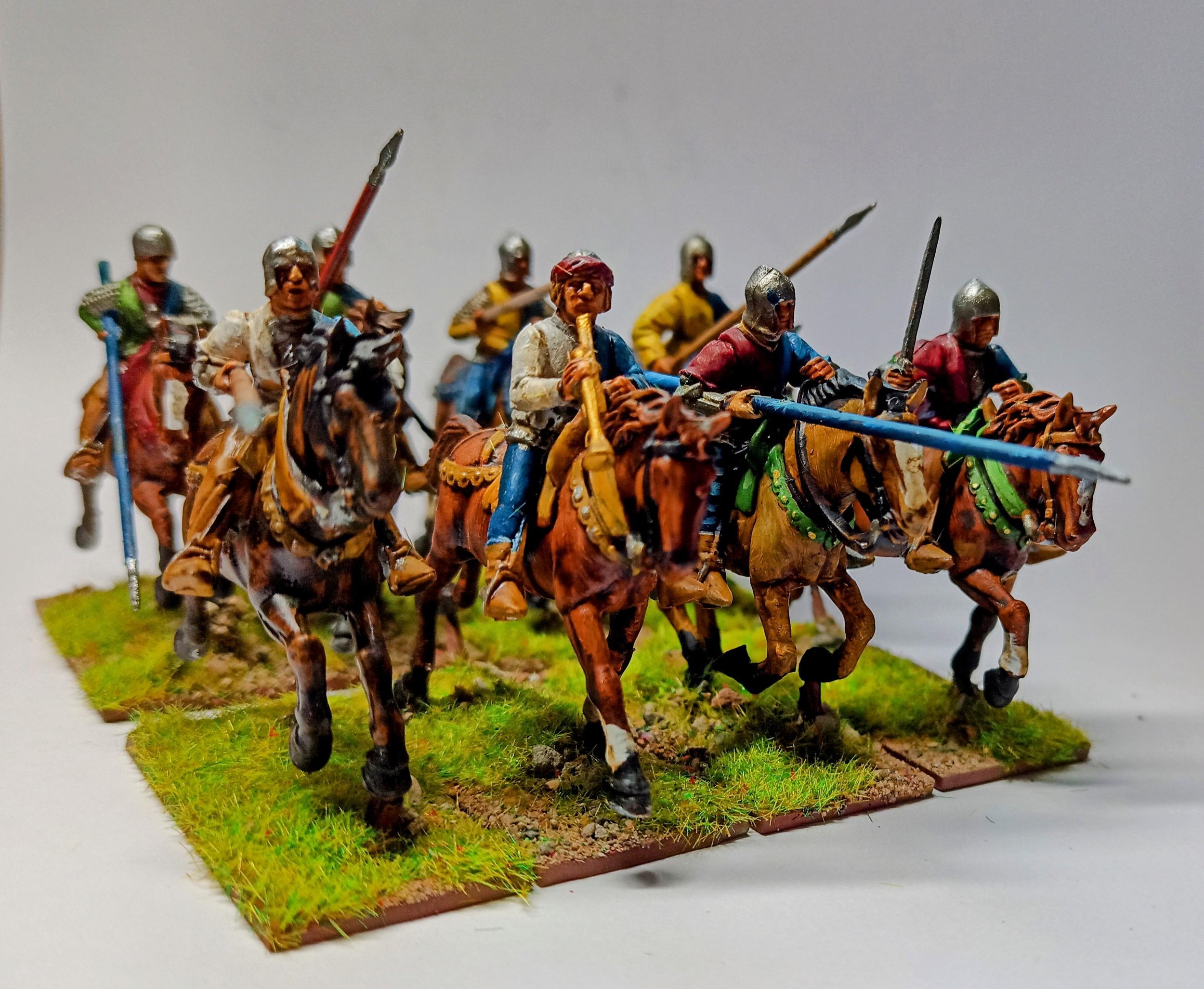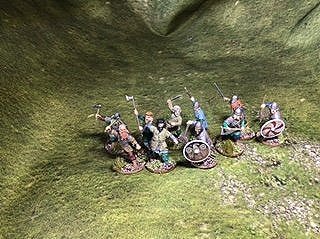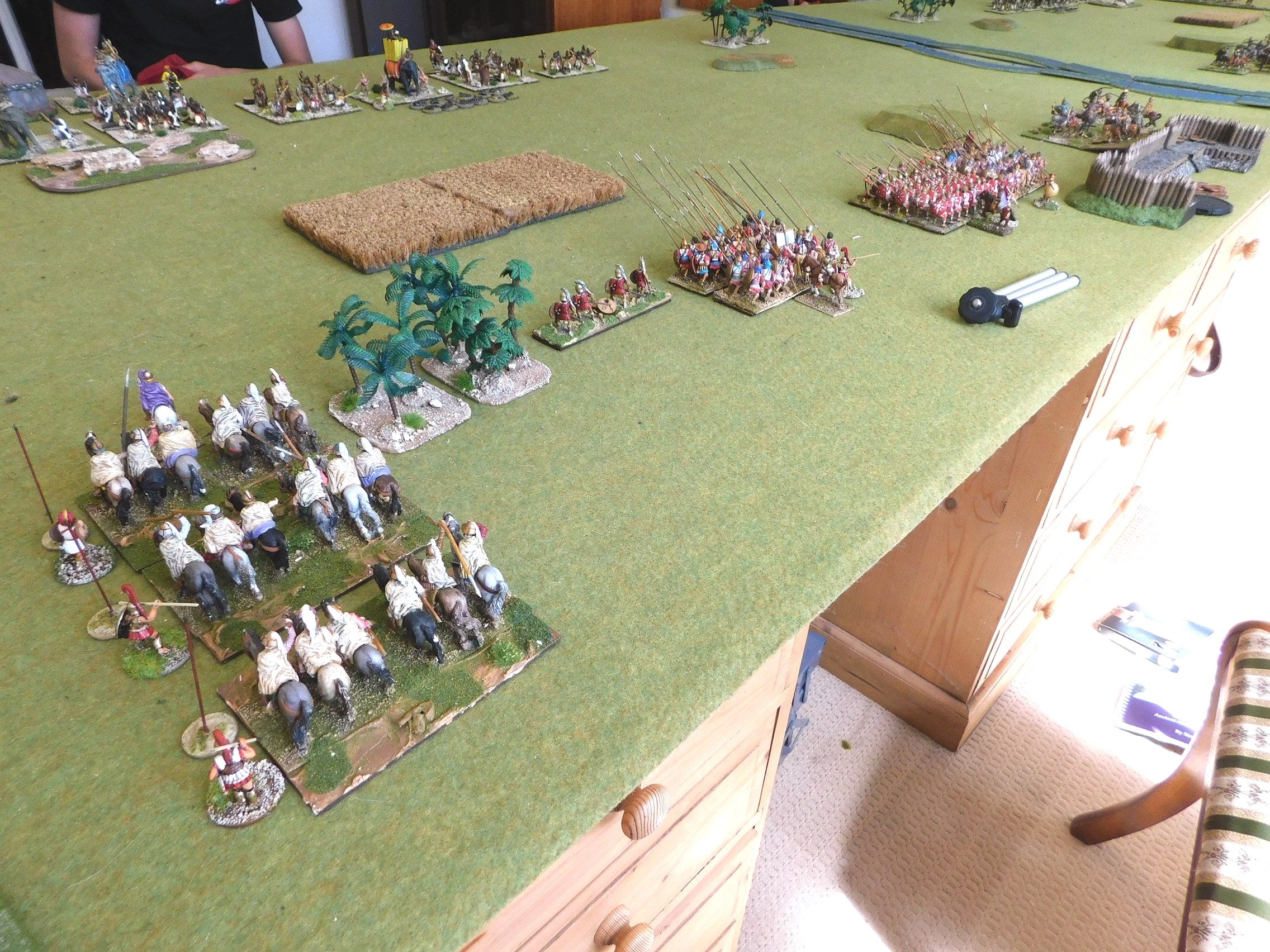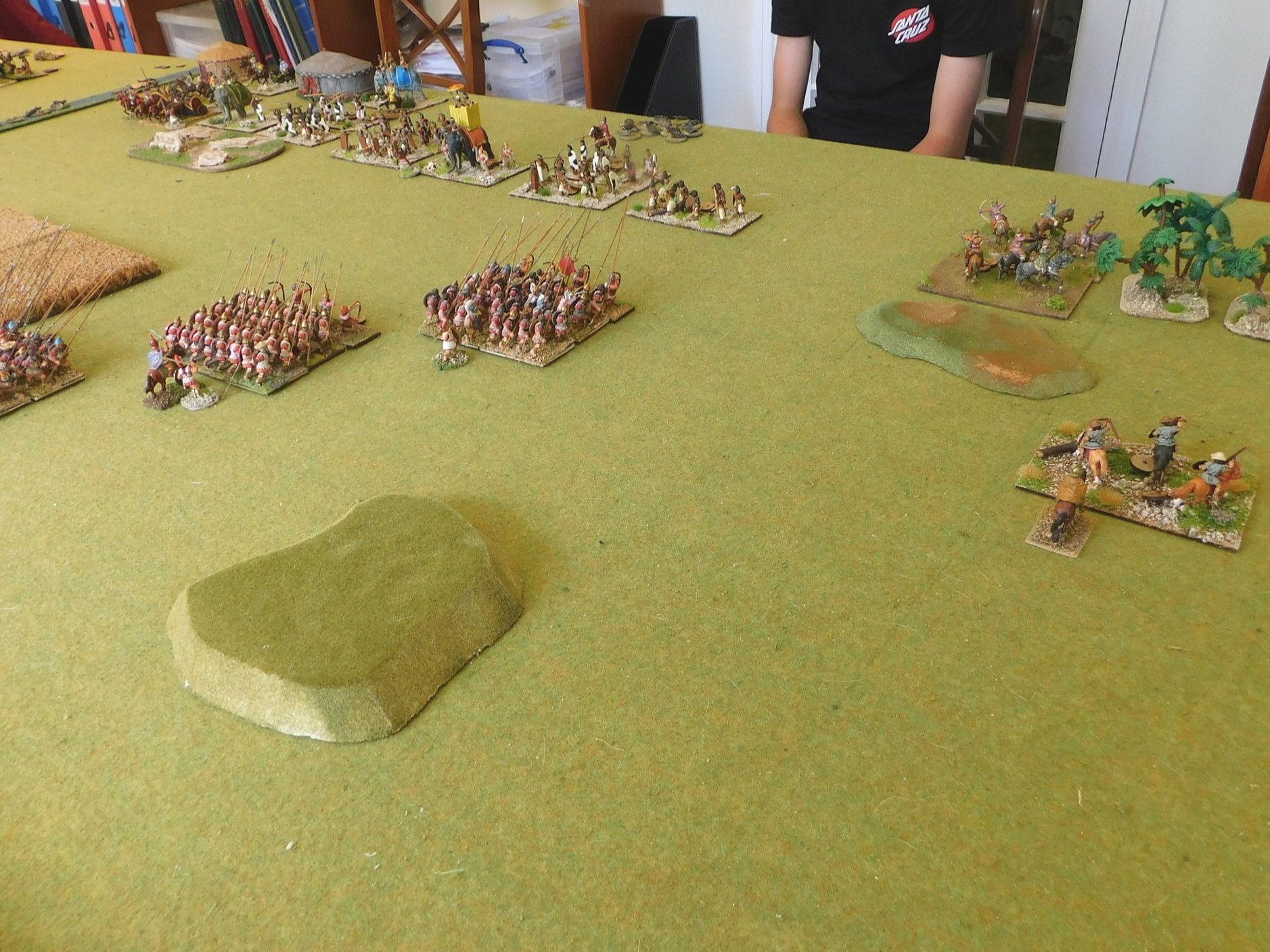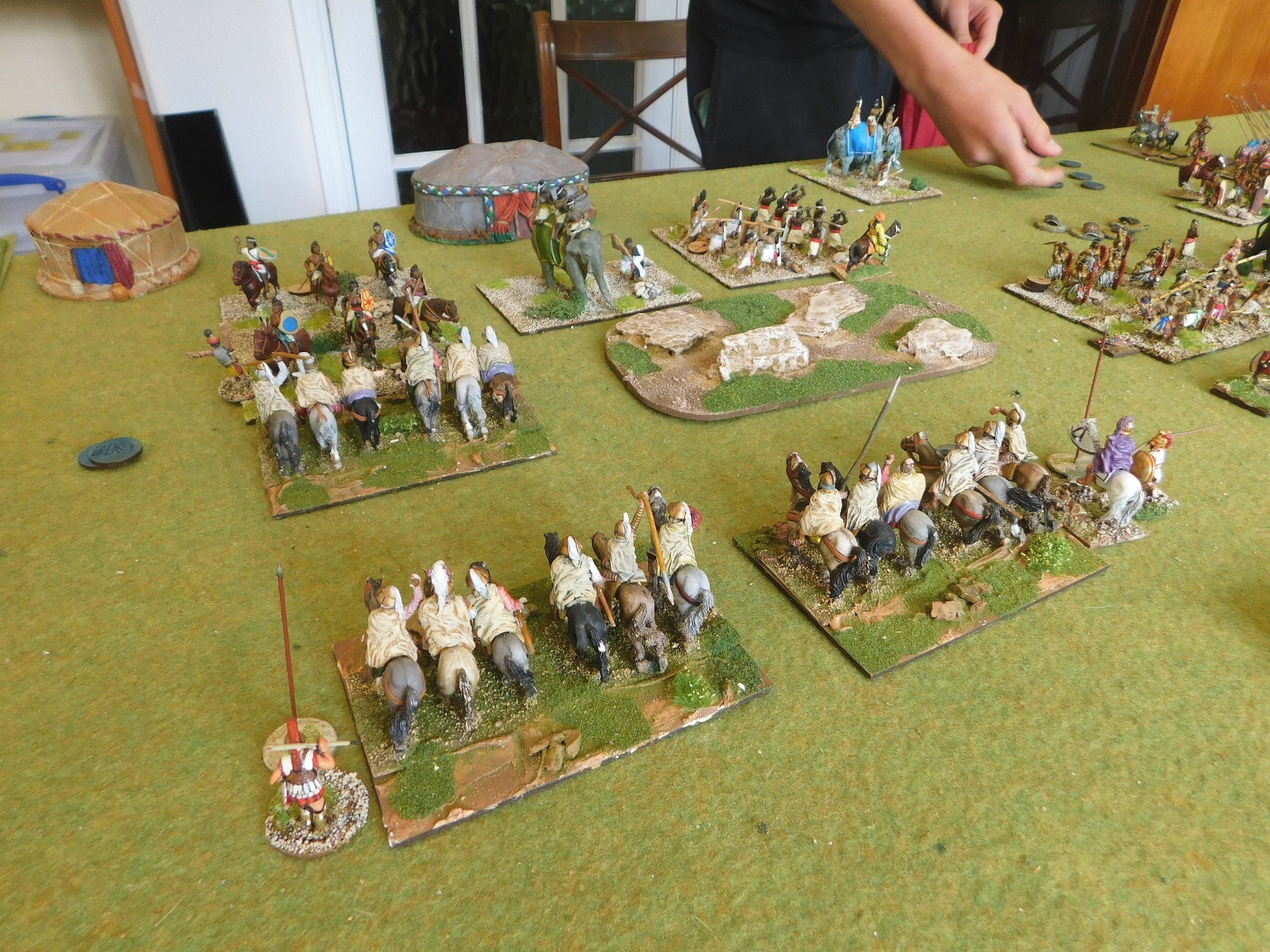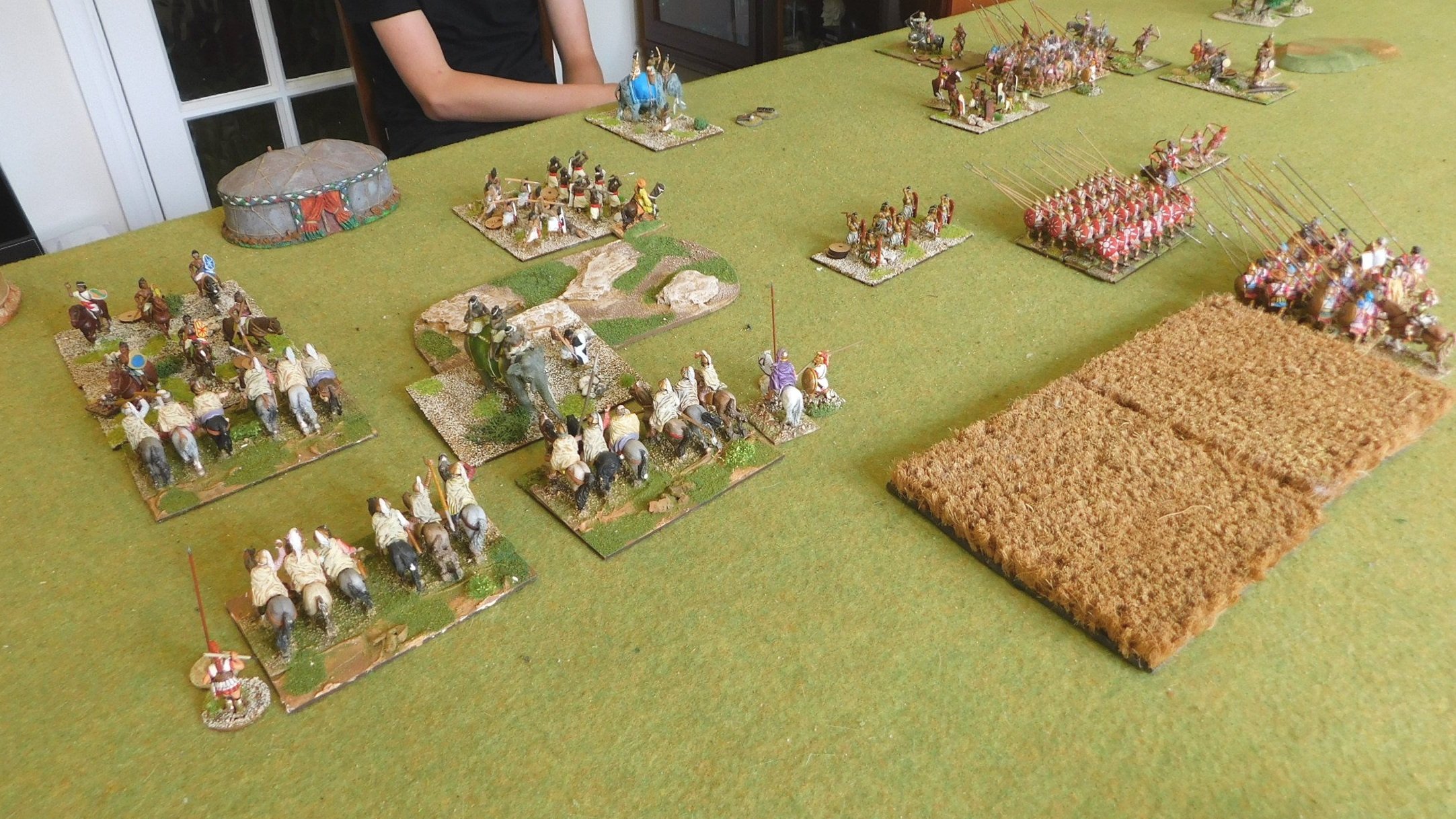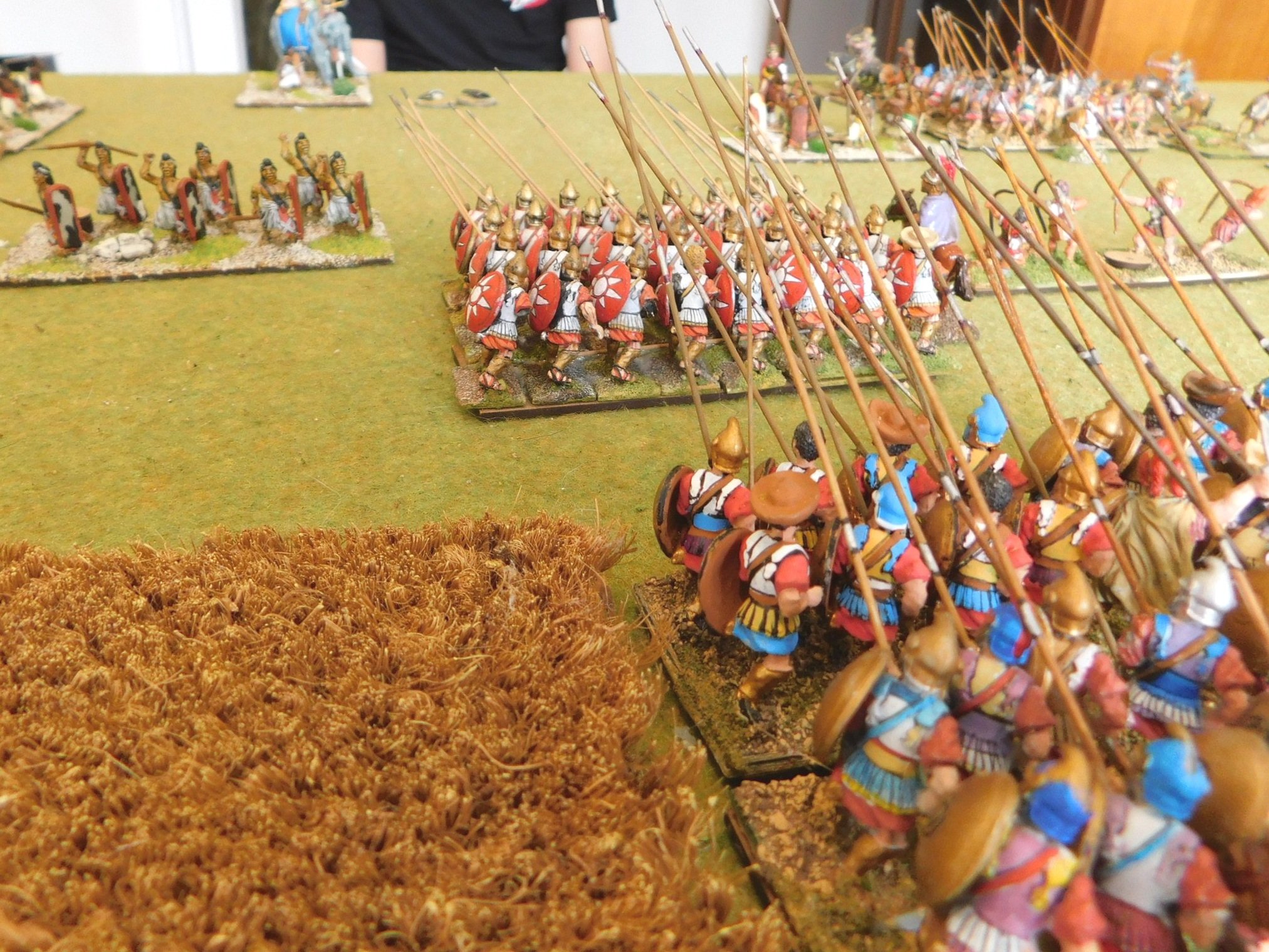A Quick Three Huts
/A recent purchase left me in possession of three resin huts from the Wargamer Company, so I thought I’d better get some paint on them before they even got to the lead mountain.
These are painted with Contrast paints…and here I’ll tell you a little secret to getting the thatch and wood looking like it does: paint them upside down. No, not standing on your head, but paint the thatch upside down so that a down stroke takes the paint towards the top of the roof. It doesn’t change much, but it just makes sure that the paint runs into all the horizontal crevices without you having to go back and check them all again.
The Aggaros Dunes colour I used for the thatch is too light, I know, but provides a contrast with the Wyldwood used for the walls. The walls of the hut in the middle I did by stippling i.e. getting some Bleached Bone on an old brush and just jabbing it up and down. You can’t really see it in the pic, above, but it works really well at giving an uneven finish.















